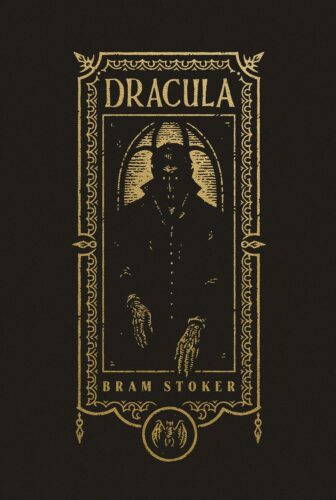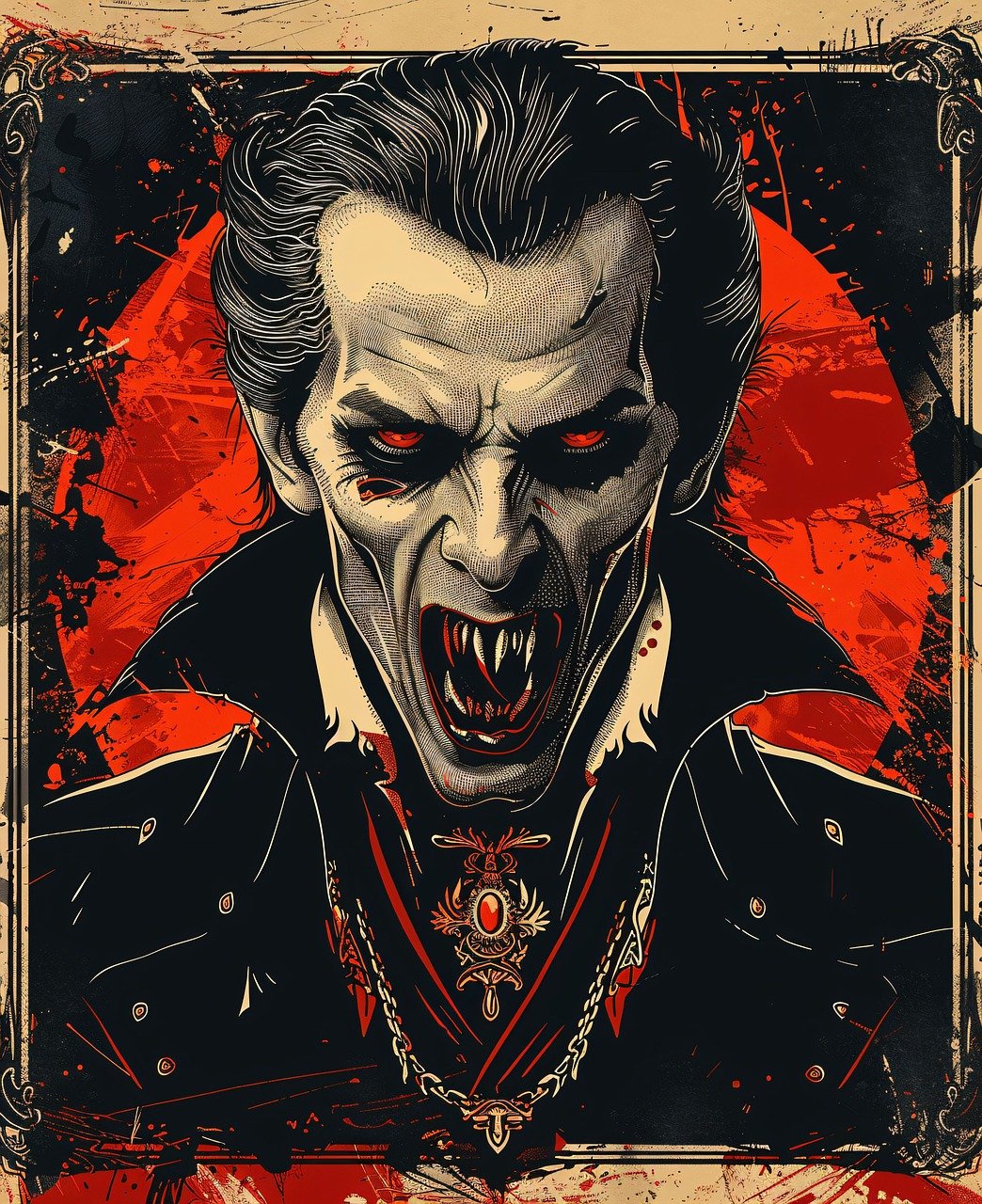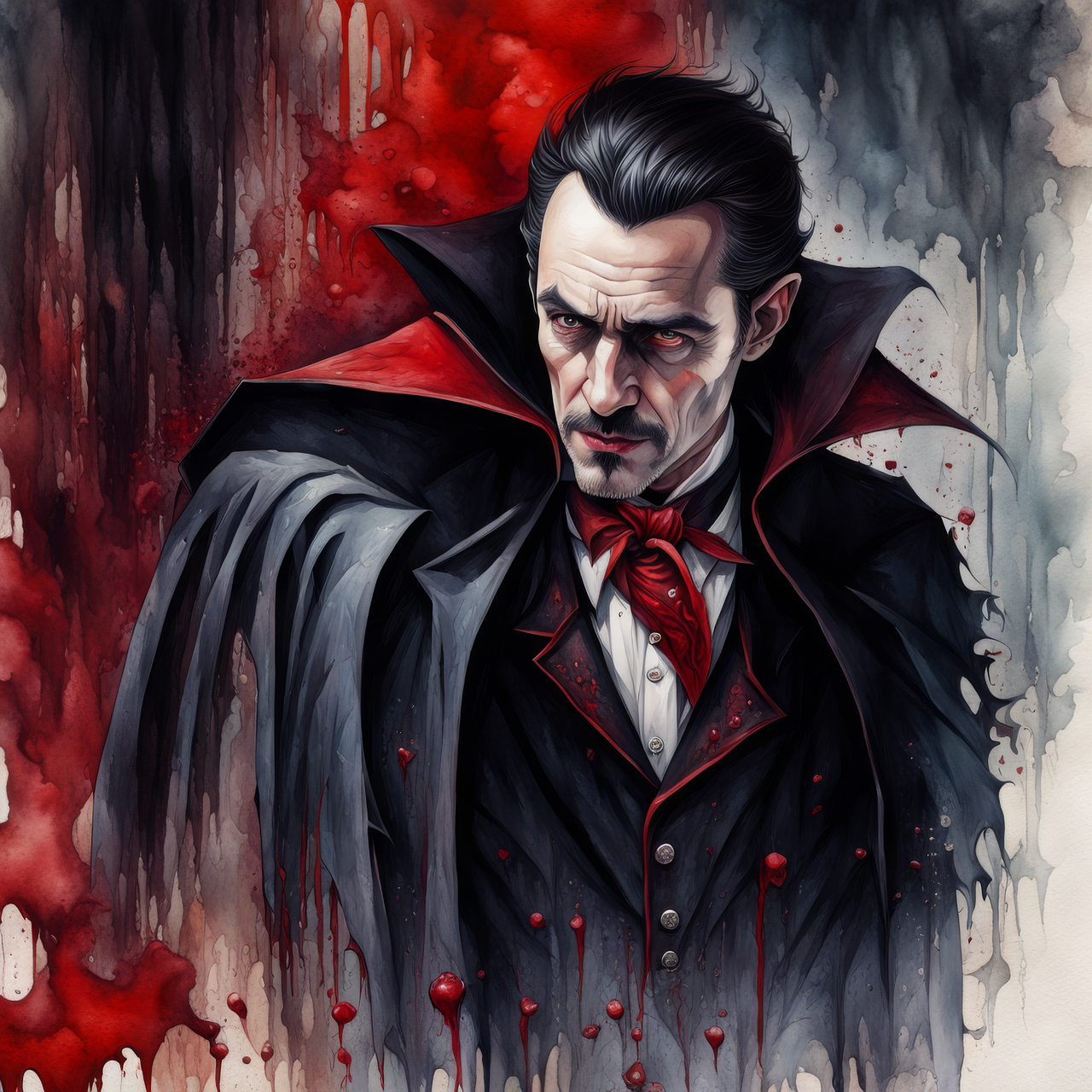 “We’ve all become God’s madmen, all of us.”
“We’ve all become God’s madmen, all of us.”
Author: Bran Stoker
There are some stories that need no introduction – some stories that live and walk in our darkest fantasies and waking nightmares, that populate our legends and inform our culture, that have woven themselves into the tapestry of our speech and the way we understand our own histories. Dracula is surely one of these stories. Indeed, Dracula epitomizes an immortal romance that grows beyond a tale and becomes a living myth. Look no further than the nearly supernatural land of Transylvania – dour, populated with craggy, windswept mountains and superstitions locals. Is it not just as familiar to us as our living rooms? Do we not see the horse-drawn carriage against the austere backdrop and automatically recognize the people flashing the evil eye and just know, immediately, what is to follow, shaking our heads at the headless, naive Victorian visitors? If only they knew this land and its ways as we do!
And the story of an undead count who drains the blood of beautiful women and controls armies of evil night creatures! Isn’t it and the lore that follows it just as known to us as our daily routine!? Are we not yelling at our fainting yet deliciously seduced Victorian ladies to grab the stake, the crucifix, to not look the creature in the eye, and to for Heaven’s sake hang some garlic cloves and close the windows already?
The real question then: is the original pen-and-ink story that started the vampire tale any good? Does it live up to what it has become? Does it look anything like the multitude of children of the night it has bred, some of which are a pretty motley crew, but some of which are suave and complicated and altogether unbeatable?

Image by CreativeCanvas from Pixabay
This has to be at least my fifth reading of Dracula and each time I find something new with which to fall in desperate love. And to think – this is only about HALF of the original book that Bram Stoker wrote. But, of course, the creation of this book is its own complicated and delightfully weird mythos, something Stoker adamantly claimed was more of a true story than a fiction. . . (you can read about all of that here: The Real History That Went Into Bram Stoker’s Dracula | TIME)
But this is a review of a classic, and let’s face it. You’re here for two reasons – to plagiarize this for your book report (look, the site stats don’t lie, I’m wise to you now, dear high school students) or . . . or honestly, I’m not sure why else you are here. Don’t you have better things to do? Don’t I?
Whatever, I love talking about books, and I LOVE talking about this book. It is one of my favorites. It captures an amazing depth of complicated emotion and love, and despite numerous re-readings, despite knowing each time knowing exactly what is going to happen, when, and how, I get caught in the tumult of it all. It should be melodramatic. It is written in that style, with the full Victorian flourish. The characters record their thoughts in epistolary format, and Mina Harker, the true good lady of the tale, pulls it all together in the end, helping them tie their knowledge and the loose ends into a cohesive tale that allows them to track the monster’s movements and ultimately form a desperate scheme to stop him and save their own lives and souls. It’s desperate, and they are fighting both a religious warfare and one of love. And, of course, bubbling quite obviously beneath the surface is the forbidden passion that made this book quite scandalous for the time and quite delectably suggestive even now. There is a reason that the modern movie versions showcase a goodly deal of forbidden seduction, and Dracula is a sexual as well as a murderous figure.

Image by Clarence Alford from Pixabay
But of course, there is more to the appetites here. There is genuine love among the characters and devotion to good, and so the war between base attraction and power and the war between true loyalty and love ups the stakes. Dracula is a story between good and evil. It plays on higher and lower plains, giving us many God vs the Devil moments, but it also shows us moments between the characters and Dracula and even between the characters and each other and even the elements and each other as they struggle. This keeps the story fresh, the paranoia and escalation fever pitched, and the emotions consistently engaged, making the story continually resonate. It doesn’t matter that you know what will happen – who will live, who will die, who will fall, and who will choose salvation and at what a cost. Your heart and soul will be pulled in by the drama, by the near misses, by the cost, and by the emotion. The good quality of a classic here is well mixed with the modern appeal for fast action and the way the story happily bounds across continents and even, to a lesser extent, time. It’s got a little something for everyone to love, and when you start digging into history and Bram Stoker’s reasons for writing it, and the changes to the manuscript, you get even more supernatural, even more mystery.
So yes, the original that started the legend that keeps on giving is just as good as the children it has spawned. Better even. It lives up to the legacy. It sinks its fangs in and keeps you pinned, and as the last pages rustles closed, you have closure, but, of course, there are always questions. Where the movies give you answers and motivations, where they address so many questions about Dracula, Bram Stoker doesn’t (at least, in this version he chose to publish) . . . so, it does leave you wondering . . .
Highly, highly recommended. Even if classics and horror are not your particular weakness, Dracula is a must read. Not to be missed!
– Frances Carden
Follow my reviews on Twitter at: https://twitter.com/xombie_mistress
Follow my reviews on Facebook at: https://www.facebook.com/FrancesReviews
- Book Vs Movie: The Shining - April 6, 2020
- Thankful For Great Cozy Mysteries - December 13, 2019
- Cozy Mysteries for a Perfect Fall - October 20, 2019

